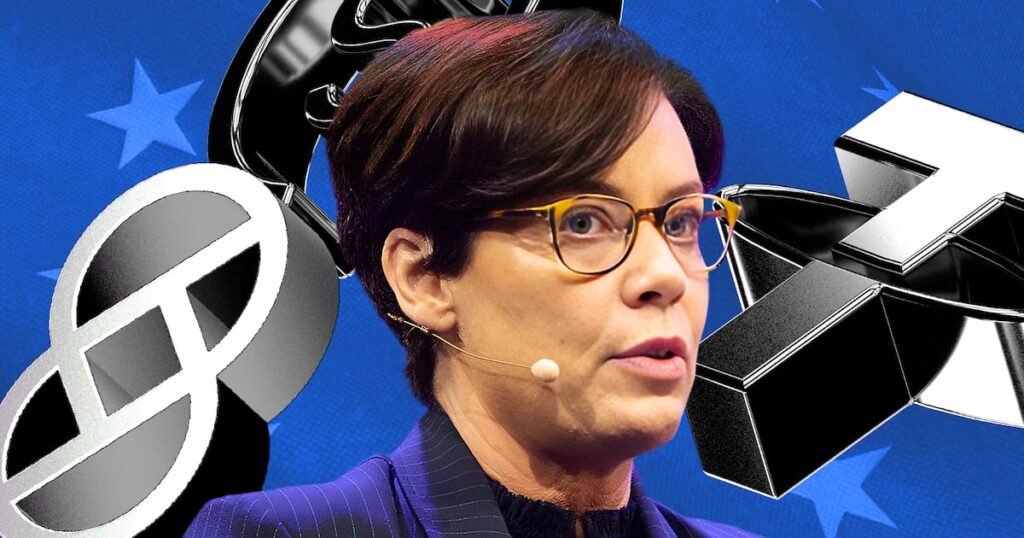- Mainstream finance recognizes that crypto is much more than just investable assets.
- In the EU, fintechs are major competitors for crypto natives.
Stripe has turned up the heat in the crypto space.
Payments giant’s $1.1 billion acquisition of stablecoin platform Bridge heralds the next stage in crypto’s evolution, pitting local brands against fintechs, banks and asset managers .
That’s according to Gillian Lynch, head of Ireland and EU at Gemini, the crypto exchange of Cameron and Tyler Winklevoss, who says the development is already palpable in the European Union.
“If I look at my competitors here in the EU, fintechs are huge competitors, which is probably slightly different from what’s happening in the US,” where crypto-natives like Coinbase and Kraken are more prominent. important, Lynch said.
Fintechs are just the beginning, she said, and big banks will follow as the EU puts in place regulations that will help big global players enter the market.
Europe reigns
European regulations on crypto asset markets were implemented in July, starting with rules on stablecoins. Parts of the regulation covering service providers such as exchanges will come into force at the end of December.
Complying with MiCA’s licensing rules has been “a mammoth task” for Gemini, Lynch said, but it could prove a boon for well-funded companies.
MiCA allows companies that establish themselves in one jurisdiction to offer their services to the entire bloc. So those who can afford to comply with these onerous rules can access the second largest crypto market in the world, accounting for a fifth of global volume.
Join the community to receive our latest stories and updates
Businessmen at EU crypto exchanges, including Lynch, predict that consolidation will intensify as a result. Larger companies will enter the market, while smaller ones that cannot afford to comply will go bankrupt or be acquired.
Fintech land grab
It’s no coincidence that MiCA’s first step is aimed at stablecoins, and the landmark first deal – Stripe’s – is to integrate with stablecoin capabilities.
This is seen as an early sign that crypto is becoming more accepted, integrated into the financial system and moving beyond its initial use as a store of value, Lynch noted.
“We’ve been focusing a lot on investing (in cryptocurrencies), but we’ll start focusing more on crypto as a means of payment, and that’s where stablecoins come in,” he said. she declared.
Large, well-funded players moving into the market pose a competitive threat to crypto natives – but it also provides opportunities to partner with them.
Growth path
Gemini came out of a difficult time in the United States. In February, the company paid a $3.7 million fine and returned some $1.1 billion to customers of its former lending program, Earn.
The exchange wants to grow the institutional side of its business, Lynch said.
Gemini will look to partner with businesses across a range of activities. Asset managers will need somewhere to store the cryptocurrencies they hold and offer to investors, while some banks may need a partner for over-the-counter transactions.
Gemini also wants to target private wealth – the services banks provide to high-net-worth individuals, Lynch said.
This makes sense for a company headquartered in the tax haven of Ireland, the world’s third-largest hub for investment funds.
With banks wanting to provide their customers with access to crypto and MiCA providing clear guidance for digital assets in the EU, the stage appears set for this iteration of crypto evolution.
“It’s going to be fascinating to watch this unfold over the next 12 to 24 months,” Lynch said.
Joanna Wright is a regulatory correspondent at DL News. Do you have any advice? Email to joanna@dlnews.com.

